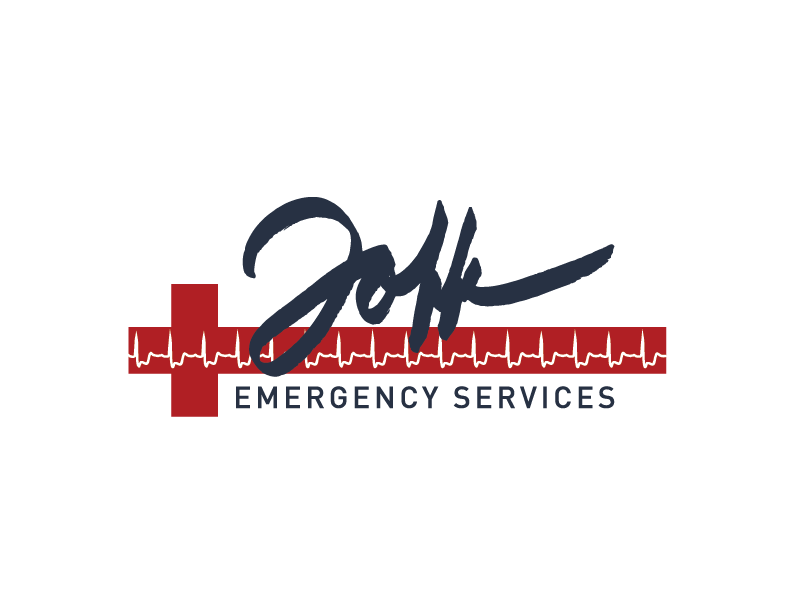Emergencies can happen at any time. While we can never be completely safe or immune, for every situation there are simple steps that will improve our chances to prevent and handle them effectively.
- Practice your communication.Timely and accurate information given to as many members as possible within the school community will allow quick reactions to an incident. Your campus Emergency Notification System (ENS) is one of the best ways to alert and instruct students, staff, and parents. To improve this tool it is best to have multiple personnel community leaders trained on it, and the system should be utilized routinely. A good opportunity to practice is before, during, and after emergency drills.
- Involve parents in schools operations. During an emergency, parents play a crucial role. The last responsibility (and most important one) we have is get students home safely. Directions on what parents should do during a crisis you are navigating can make a big difference. Hold meetings and send out information to parents of what procedures they should follow. Another tactic is to do this as part of your drills in the pre, during, and ending messages to parents.
- Make students part of the team. Not only are they a source of information and ideas, giving them agency is a valuable component of your readiness. Empower students to actively participate in as many aspects of emergency response as possible such as reporting possible dangers, helping during the response, and keeping their parents calm!
- Vary your Fire Drills. Scheduling and other concerns make it difficult to practice responses to different emergencies. As fire drills are always on the calendar using them to introduce new factors is a good opportunity. Include alternate evacuation routes (you might try “blocking off” a commonly used exit path), using other assembly areas, having the drill at different times of day (perhaps lunch or class transitions), first aid, and search and rescue training.
- Download Nixle. This is a free service that sends alerts from local public safety departments to your smartphone and email. It is an effective method to receive notification of emergency situations and what to do.
- Know your campus. Be sure to locate gas, water, electrical, and HVAC system shut-offs. Have keys to your classrooms and emergency shed(s) handy. Just as importantly, know who carries the keys. What would you do if they weren’t there in an emergency? Inspect emergency supplies for serviceability and expiration.
- Have a plan for non-school day activities. Field trips, sports, extended care, and other campus events are times when emergencies can happen and cause serious chaos. Make sure to include procedures and practices that cover these.
- Research. Seek out tips and information on new technologies, changing procedures, and ideas that will help make your school better prepared. Safety is a battle that is won through preparation.
- Allot time for emergency plans and concerns during staff meetings. This provides an opportunity to reinforce procedures, identify gaps, and address new issues. The faculty and staff are your eyes and ears on the ground, and they absolutely know where your school’s weaknesses are. A good baseline is to have at least 2-3 hours (in faculty and staff meetings or in-service days) per year dedicated to emergency response. This doesn't sound like much, but if used correctly, it's effective. During years where you're starting from scratch or adding new layers, you'll need at least double that.
- Assign specific emergency responsibilities to staff. Splitting up important tasks to individuals will speed up your school’s response time. Duties such as turning off utilities, taking roll and caring for students, providing first aid treatment, contacting outside resources and monitoring information are just a few procedures that can be made more efficient with dedicated roles.
Improving school safety is a never ending job. There are many components that go into an Emergency Program that require identifying the need, implementing procedures, practicing and modifying them. It can be overwhelming. However, there are things that can and should be done right now to improve your school’s safety today.

